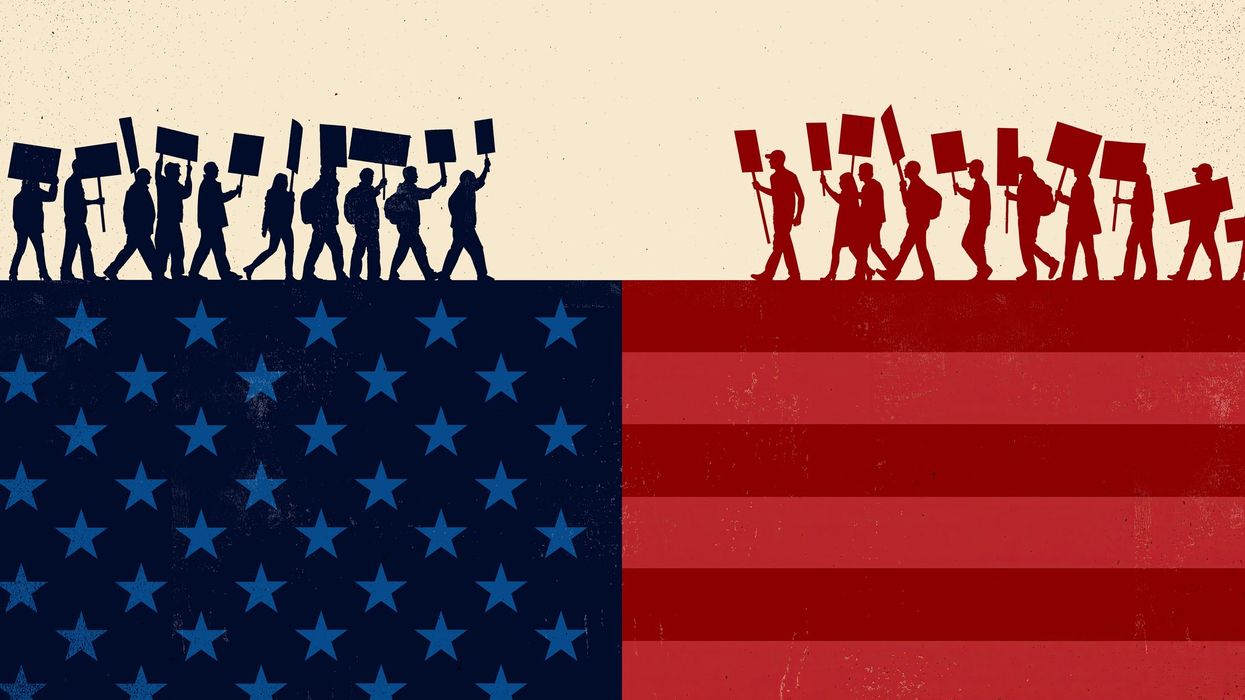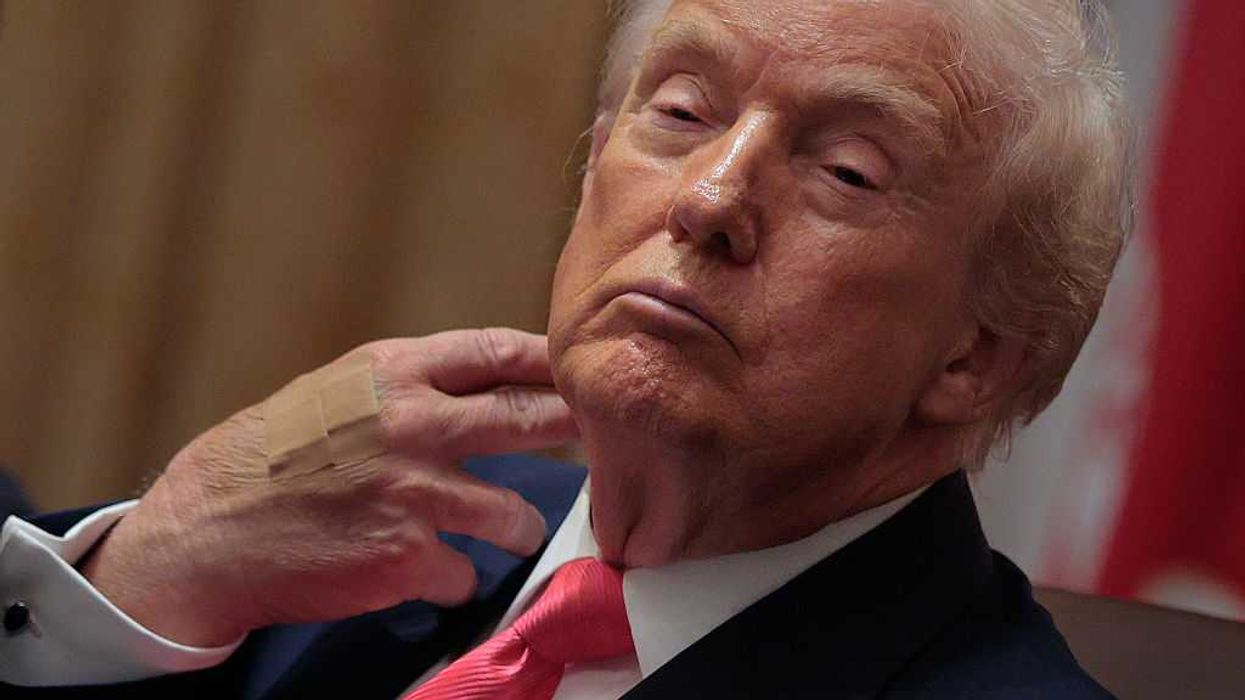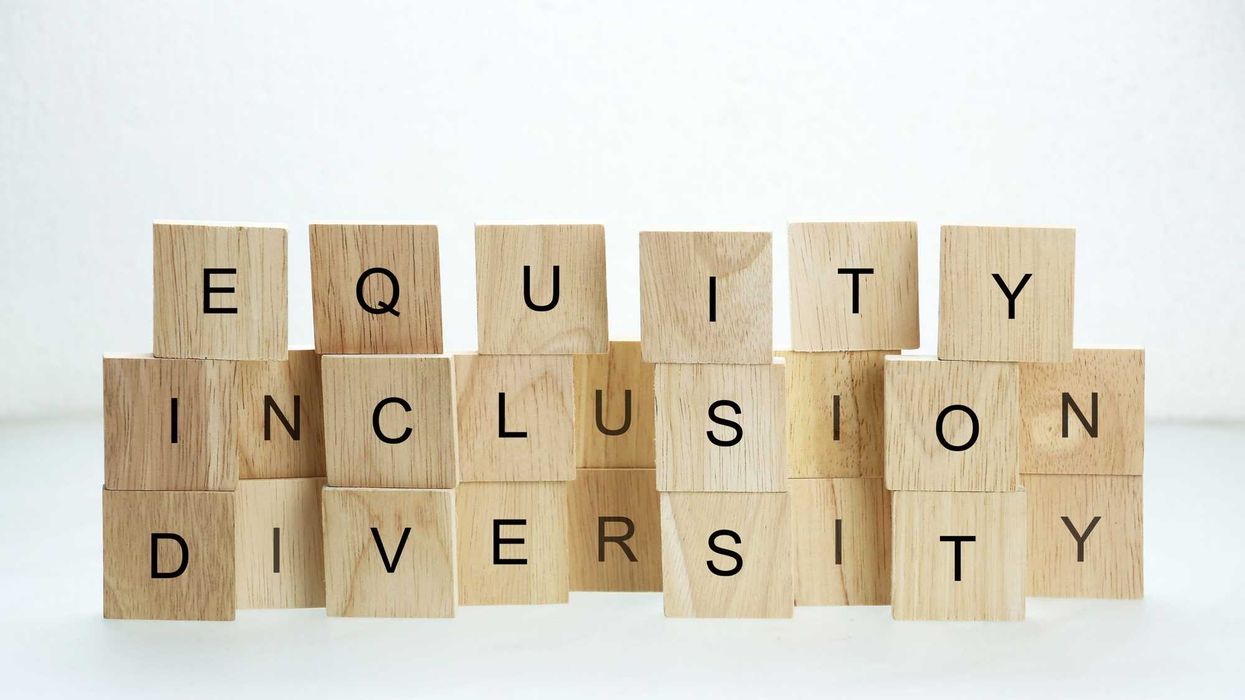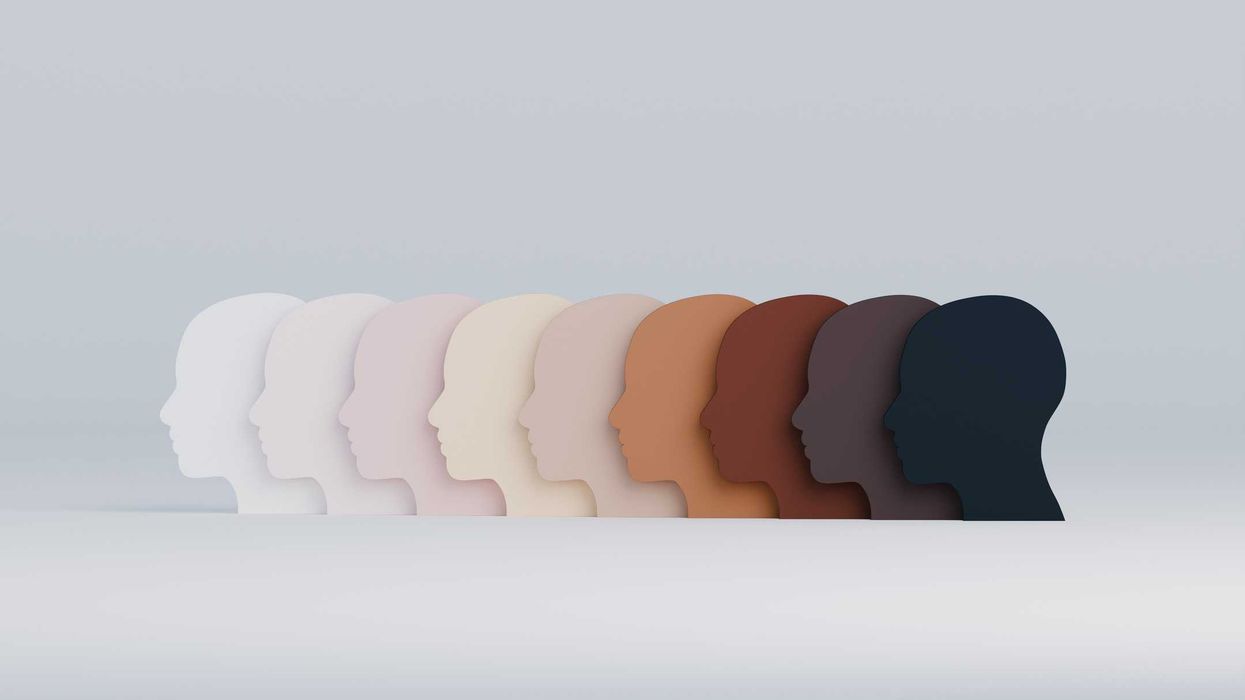Johnson is a United Methodist pastor, the author of "Holding Up Your Corner: Talking About Race in Your Community" and program director for the Bridge Alliance, which houses The Fulcrum.
In Galveston, Texas, on June 19, 1865, Gen. Gordon Granger brought freedom from abstraction into reality for enslaved Africans in the District of Texas, as was already the case elsewhere in the country. His General Order No. 3 announced that, in compliance with President Abraham Lincoln's Emancipation Proclamation, all slaves in rebellious Texas were henceforth and forever free. The date would become etched in the collective memory of Black America as Juneteenth, a day of jubilation that outshone even the Fourth of July, a testament to the enduring power of freedom.
In an era where the very foundations of American democracy are under strain, the observance of Juneteenth offers a potent lens through which to examine our country's ongoing struggle for racial justice and true equality. It is a mirror held up to the nation, reflecting both the progress made and the progress yet to be made.
Juneteenth is a stark reminder that freedom and equality have never come easily or swiftly to Black Americans. Even the Emancipation Proclamation, with its noble rhetoric, did not instantly abolish slavery. It took the bloody triumph of the Union, followed by the slow arrival of federal troops in recalcitrant Texas, to make emancipation a reality. This lag exposes the enduring gap between America's lofty ideals and the lived experience of its Black citizens, a chasm that persists to this day.
Fast forward to our present moment. The struggles that fueled the Black Lives Matter movement — the systemic racism ingrained in this nation’s justice system, the wealth gap rooted in generations of disenfranchisement, the representation that remains tokenistic in many halls of power — are the remnants of the unfinished work that began on Juneteenth. They underscore that freedom, like emancipation before it, is not a singular event but an ongoing quest, a marathon rather than a sprint. The baton passed down through generations, each one called upon to run their leg of the race.
Juneteenth is a testament to the irrepressible resilience of Black culture. Even in bondage, enslaved Africans wove vibrant tapestries of music, art and spirituality that would enrich the nation in ways their captors could hardly imagine. They found joy in the midst of sorrow, hope in the depths of despair. Today, as Black Americans commemorate Juneteenth with red foods and lively music, they honor a lineage of strength that has weathered the storms of slavery, Jim Crow and enduring injustice. These expressions bear witness to the indomitable will to survive, to thrive, to be free.
This cultural fortitude holds a lesson for our broader society. At a time when social media echo chambers threaten to splinter the nation, the collective joy and remembrance of Juneteenth model a different path. They demonstrate that reckoning with painful history need not divide us, provided we approach it with open hearts and a willingness to listen, to truly hear the stories of our fellow Americans. By embracing Juneteenth, Americans of all backgrounds can gain a deeper understanding of the Black experience and find common ground in the universal yearning for freedom and equality that defines us as a people. We can forge a shared identity, not in spite of our differences, but because of them.
But perhaps the most vital truth that Juneteenth imparts is that the work of racial justice is never truly done. Observance of Juneteenth should not be an act of complacency, but a call to action, a rallying cry to complete the unfinished work of our democracy. As we mark this holiday, we must recommit ourselves to dismantling the systems that still disenfranchise Black Americans, from voter suppression to mass incarceration. We must strive for schools where every child, regardless of color, receives an education that nurtures their potential, that sees their worth and dignity. And we must build an economy where the prosperity fueled by Black innovation and labor is equitably shared, where the fruits of freedom are not reserved for the few, but enjoyed by all.
In short, Juneteenth is both a rejoicing and a reckoning. It invites us to revel in the progress forged by generations of Black Americans, even as it illuminates the long road still to be traveled. As we commemorate this sacred day, let us honor its spirit by rededicating ourselves to the unfinished work of a more perfect union — one where the freedom and equality promised that day in 1865 are at last a reality for all. Let us march forward together, our hearts full of hope, our hands full of the tools to build a nation worthy of its highest ideals. For on Juneteenth, we are reminded that freedom is not merely a gift, but a task — one that falls to us, the living, to complete.



















